We gotta catch a boat
Shipping your vehicle from continent to continent is by far the most stressful part of overland travel. We have shipped Tramp four times on large container ships by what is called the Roll On Roll Off method because he is too big to fit in a container. But no matter how often you do this it is not easy and over the last couple of months we have been trying to organise putting Tramp on a ship from the Europe back to America. And it’s been a drama.
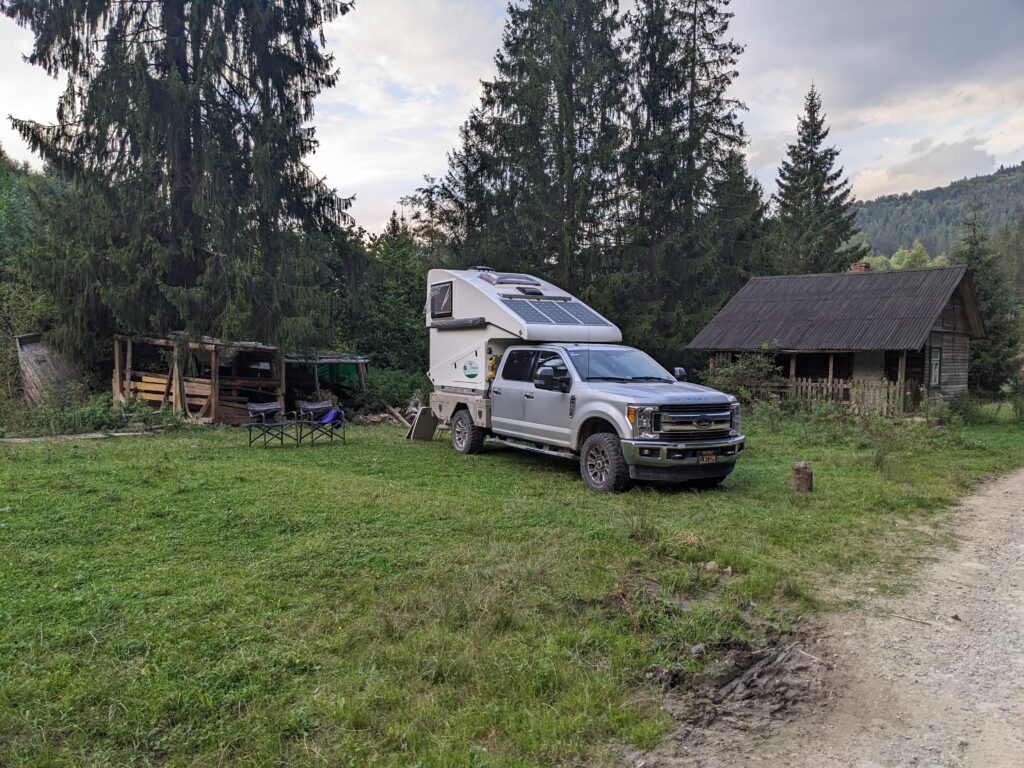
Partly because of COVID, when the world’s shipping industry was turned on it’s ear, it has become much more complicated to book your vehicle on a ship, drop it off and a month later pick it up on another continent. At one stage our shipping agent said we had to be in Southampton England in six days to drop Tramp off, an almost impossible task from northern Romania. Eventually we found a better option a couple weeks later from Belgium which makes the whole thing much easier for us.
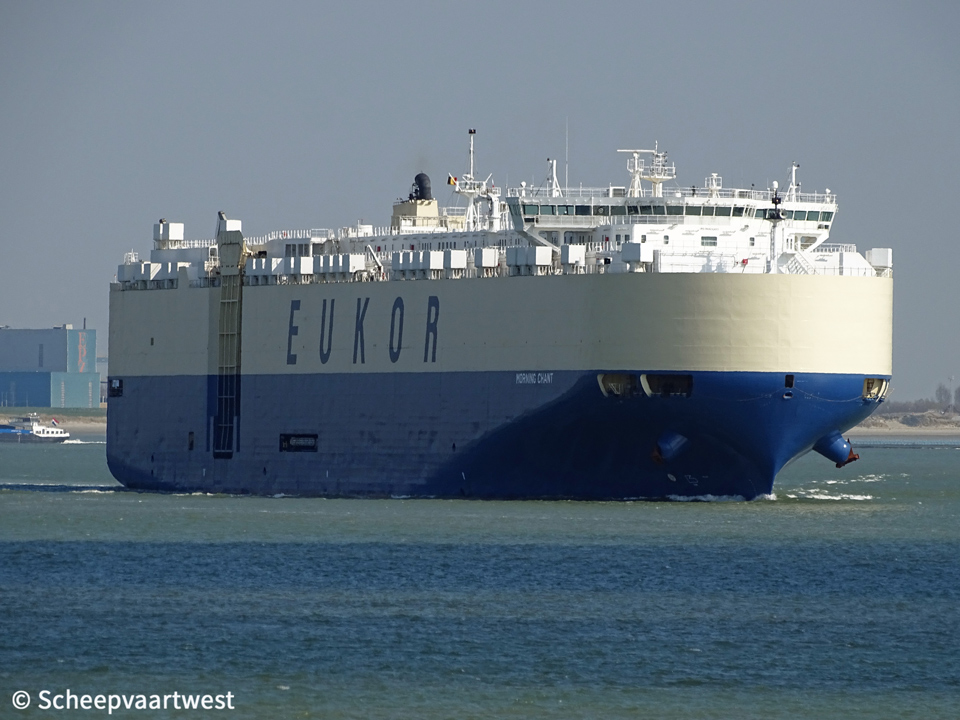
So after two days of driving like the clacker to get to the UK we were able to change our plans and go back into our slow travel mode. But those two days still packed some punch, including the first day through northern Romania on winding mountain roads through quaint little towns, numerous switchbacks, a glimpse into Ukraine and an incredible cemetery to boot.
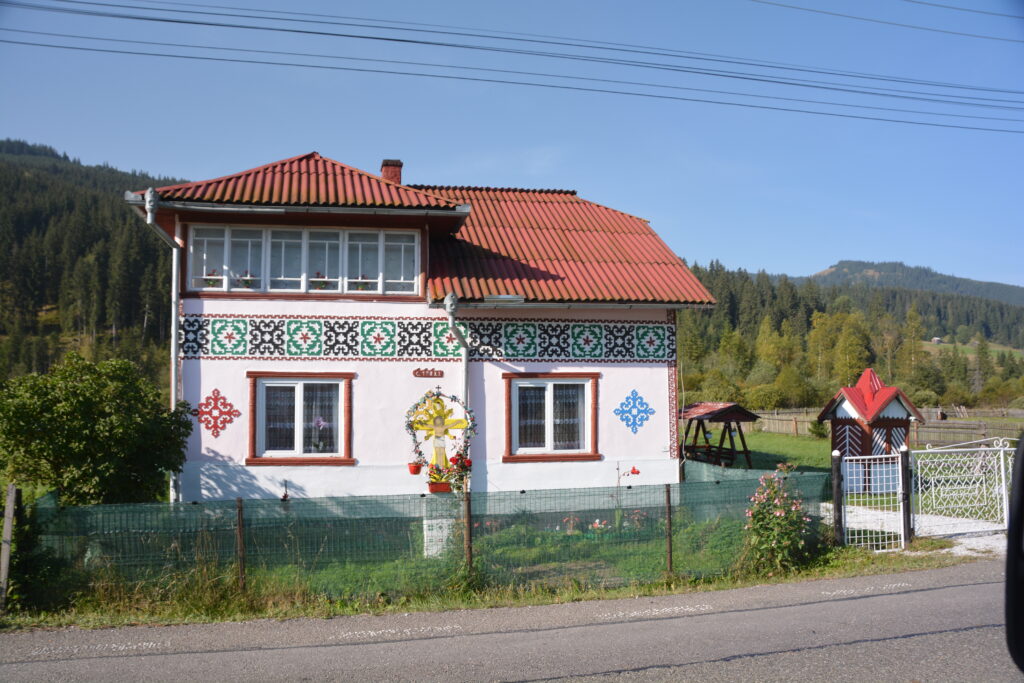
Here’s a few more shots of these beautifully decorated homes.






I’ve often lamented the randomness of a line on the map when two countries are divided and each have such different circumstances. No greater example of this exists today than the border of Romania and Ukraine.
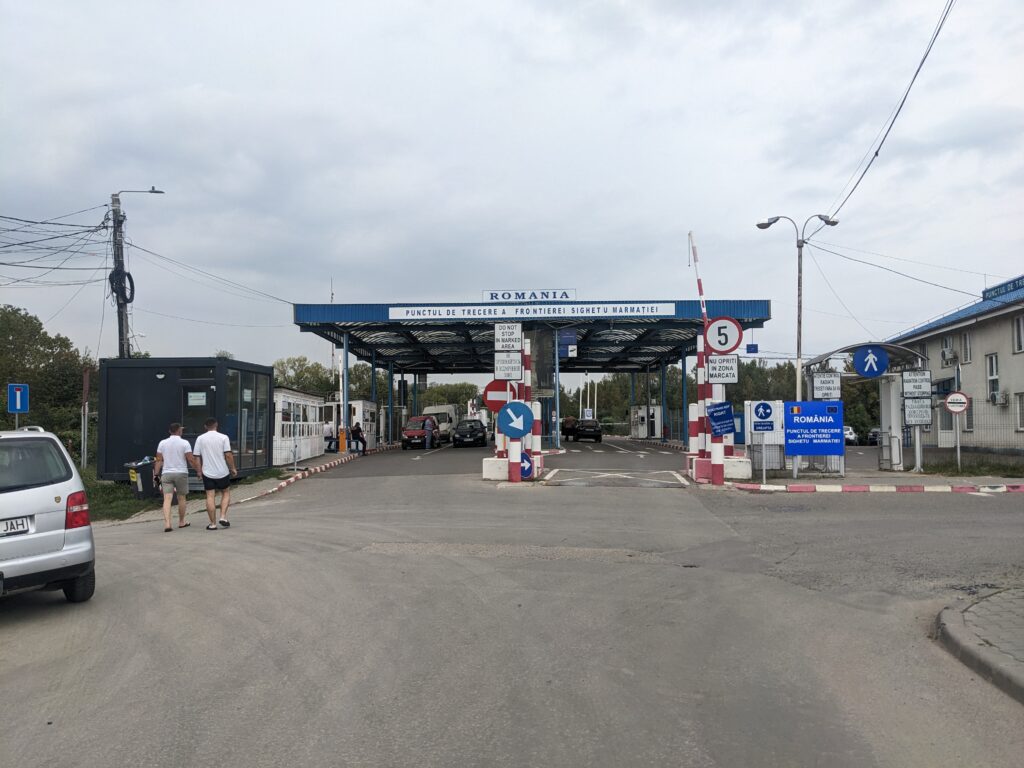
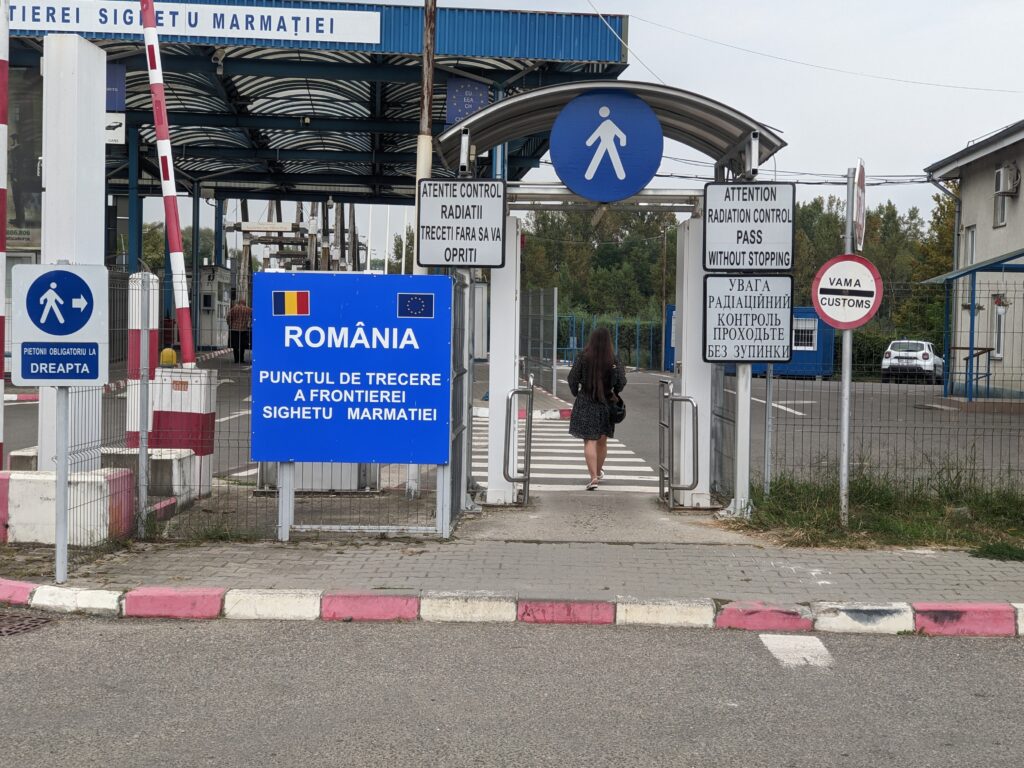
We followed the Tisa River, a modest stream through beautiful mountains, which formed the boundary between these two countries. On a couple of occasions we stopped and looked across at Ukraine, a country at war with it’s monster neighbour while only a few metres away we are safe in a totally protected country that is a member of the EU and NATO. How ridiculous, unfair and random is that? Ukraine, we wish you the best.
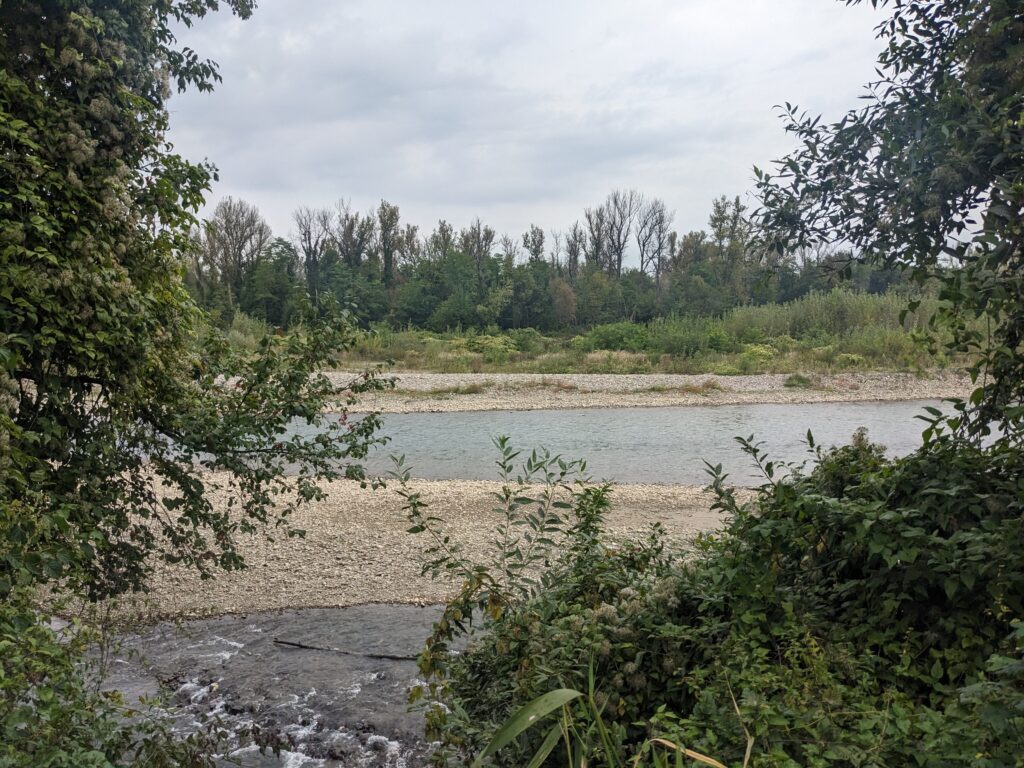
The small nearby Romanian town of Sapanta has a cemetery like no other in the world. Started by the local community in the 1930’s and largely driven by one artist, the cemetery’s gravestones all carry a painted figure of the person who died with a sometimes poetic or whimsical story about what they did and how they lived their life.
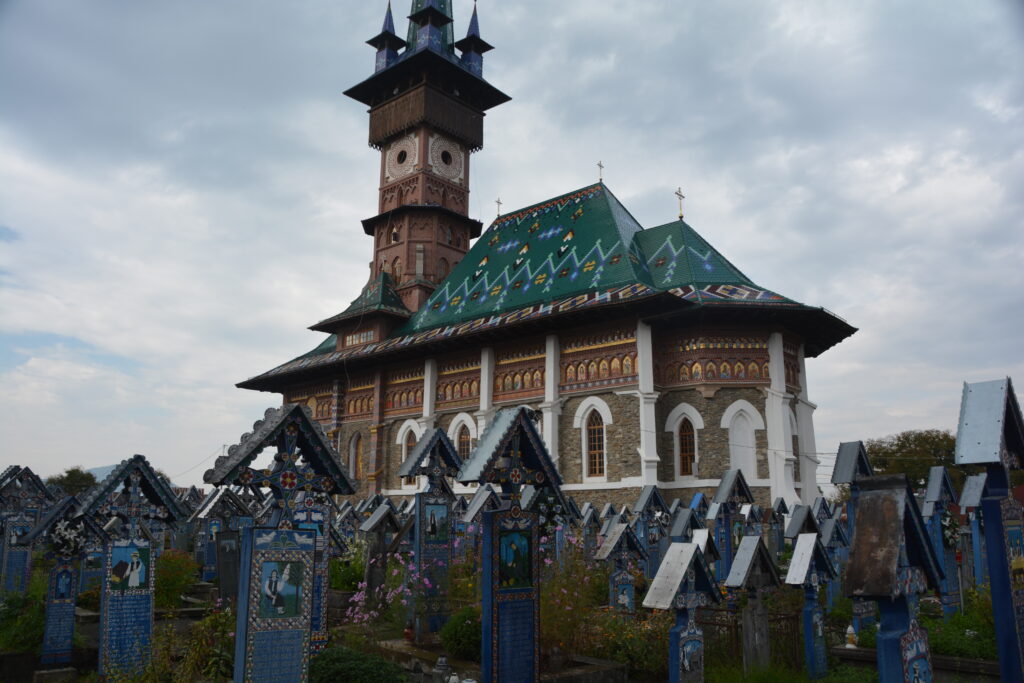
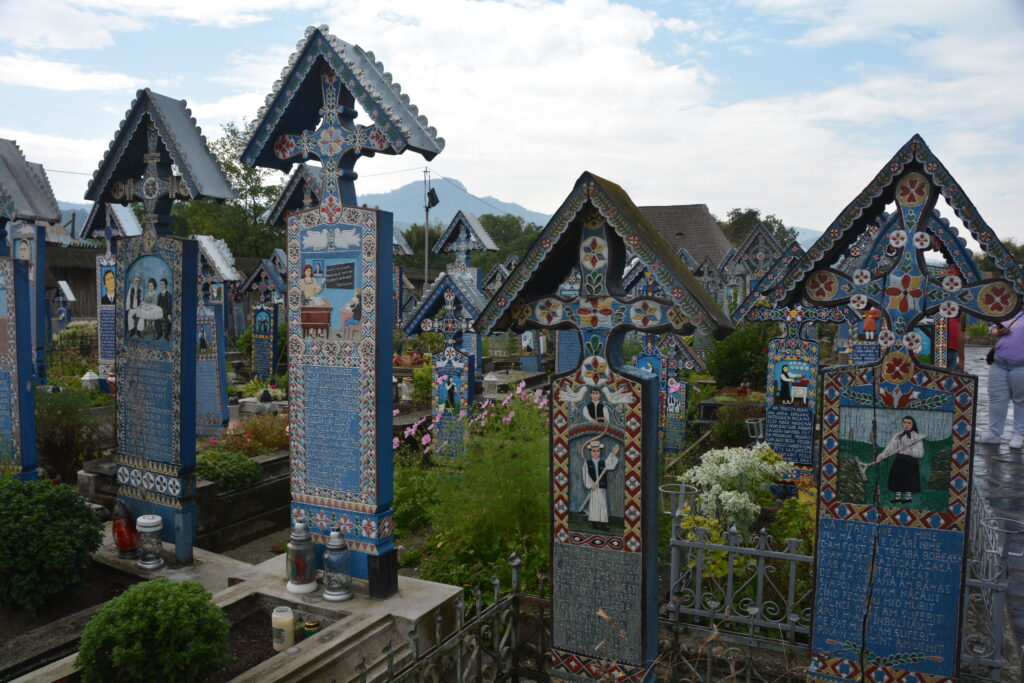
The best part is the painted picture of the person doing whatever they were known for such as farming, teaching, milking cows, sewing, a mechanic, a doctor, a nurse, in the army, on a tractor, playing musical instruments, reading a sermon and countless other occupations or hobbies which each individual wanted to be known for. Beautiful, touching, unique and absolutely awesome.
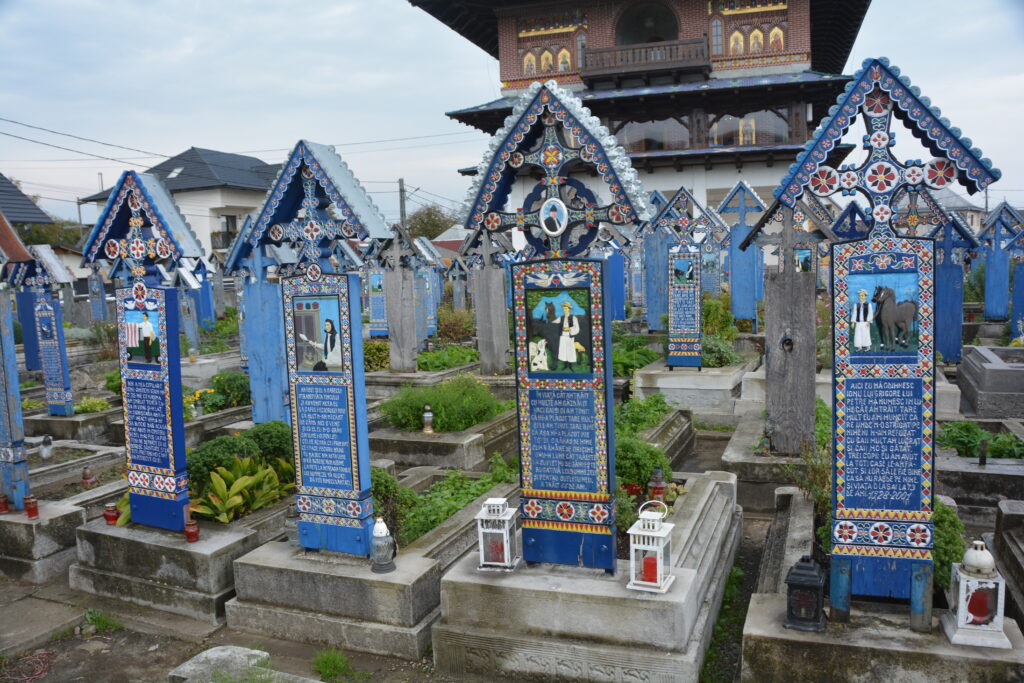
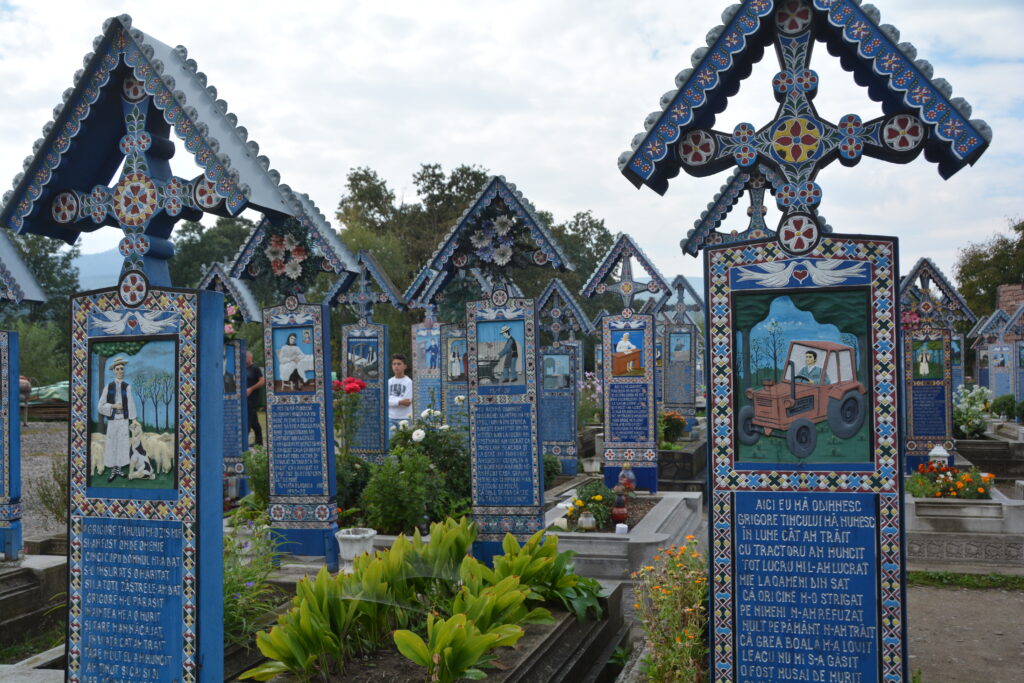
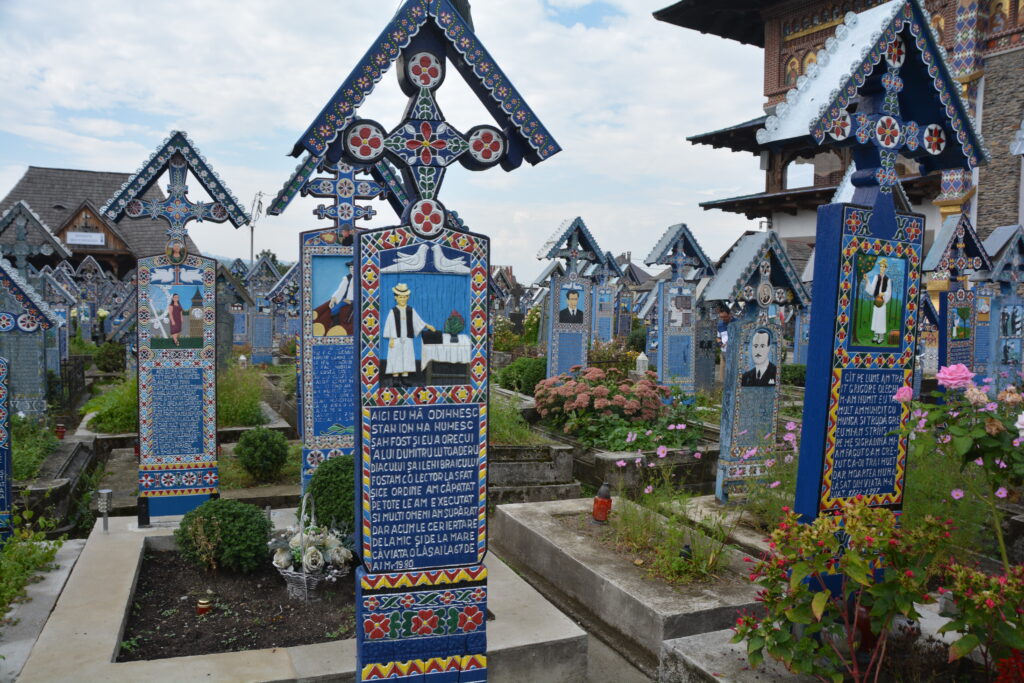
We drove to the Hungarian border and after a relatively hassle-free hour of queueing and answering awkward questions about Tramp, our insurance, my driver’s license and all sorts of other stuff we passed into Hungary. An hour later in the near dark we pulled into an empty low season campsite and crashed.
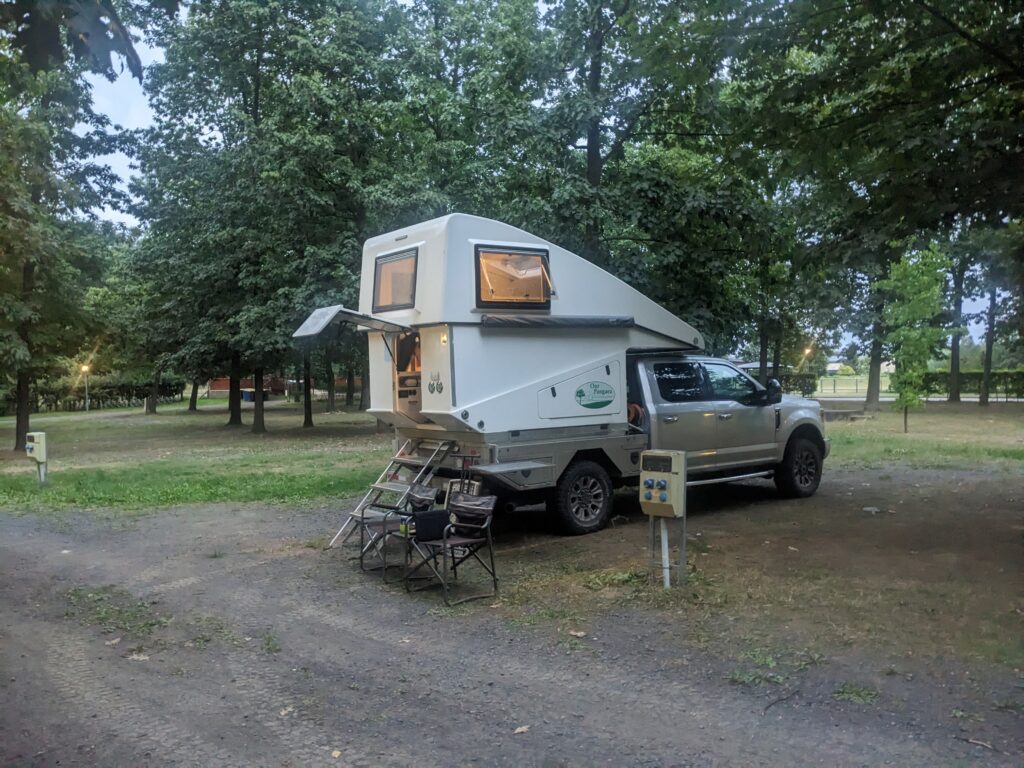
The next day we hit the highspeed motorway and headed across the rolling fields of northern Hungary on a mission to get to England in time. Fortunately at a Hungarian truck stop, and what more poetic place could it be, we were able to organise a booking to ship Tramp a couple of weeks later from Belgium instead of the UK and finally breathed a sigh of relief.
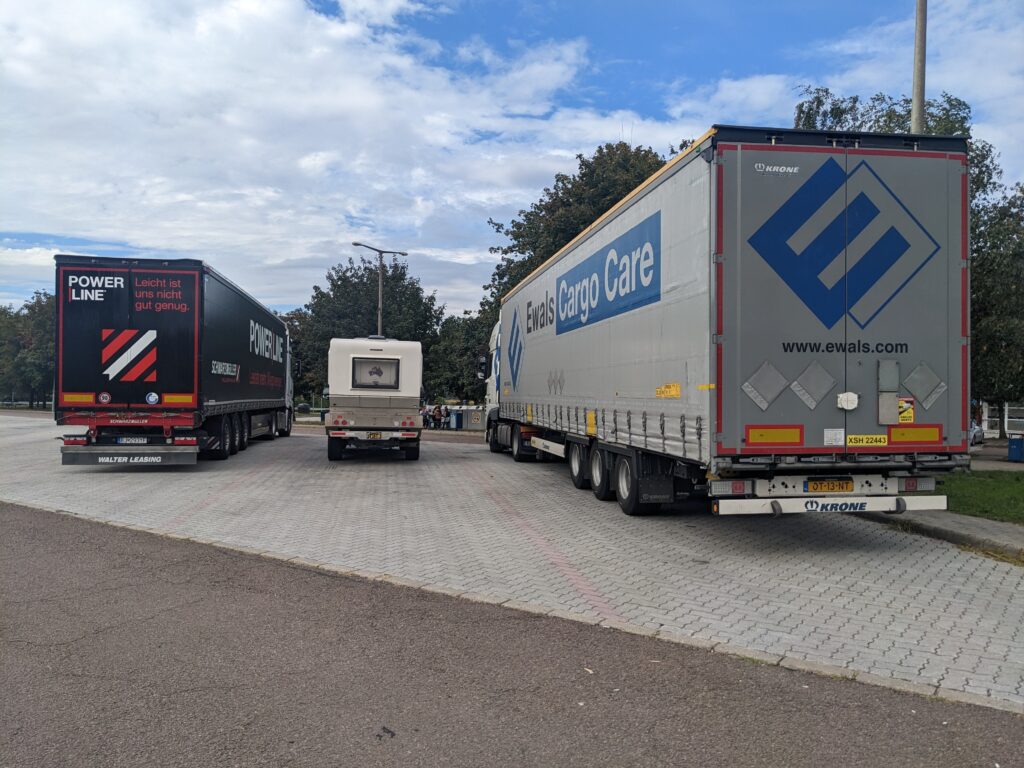
We celebrated by heading down to Lake Balaton, the largest freshwater lake in Europe and the primo holiday destination for strung out Hungarians. On the way we stopped at the historic town of Veszprem with it’s castle on a hill overlooking the town and handsome buildings from a couple of centuries ago.
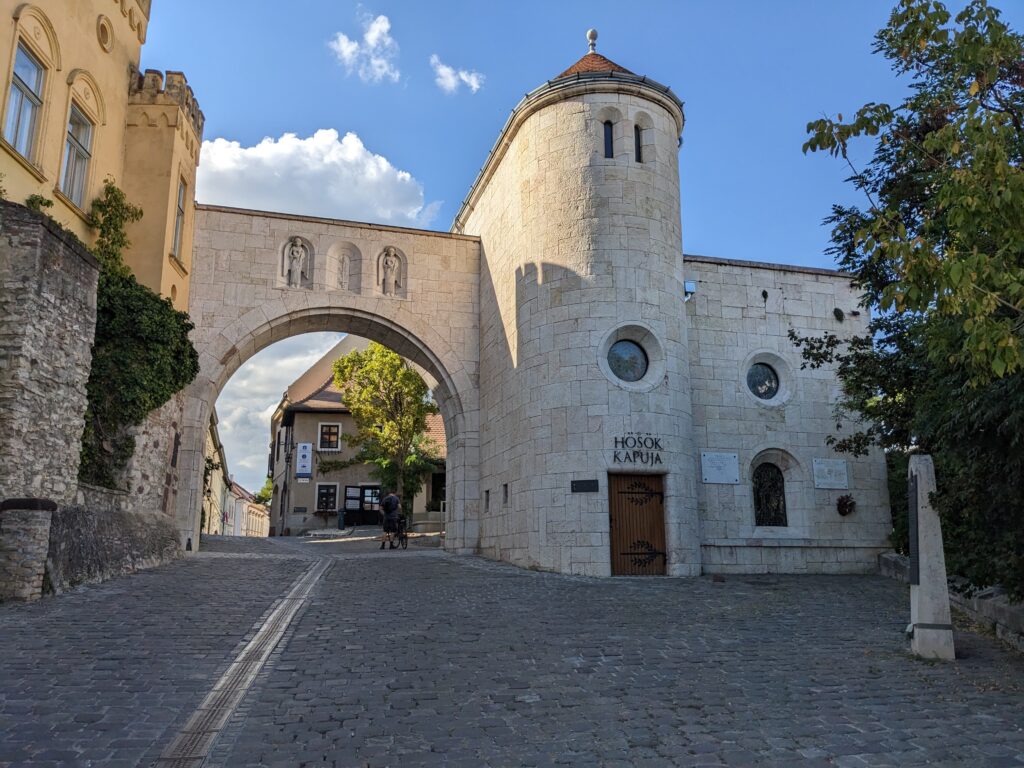
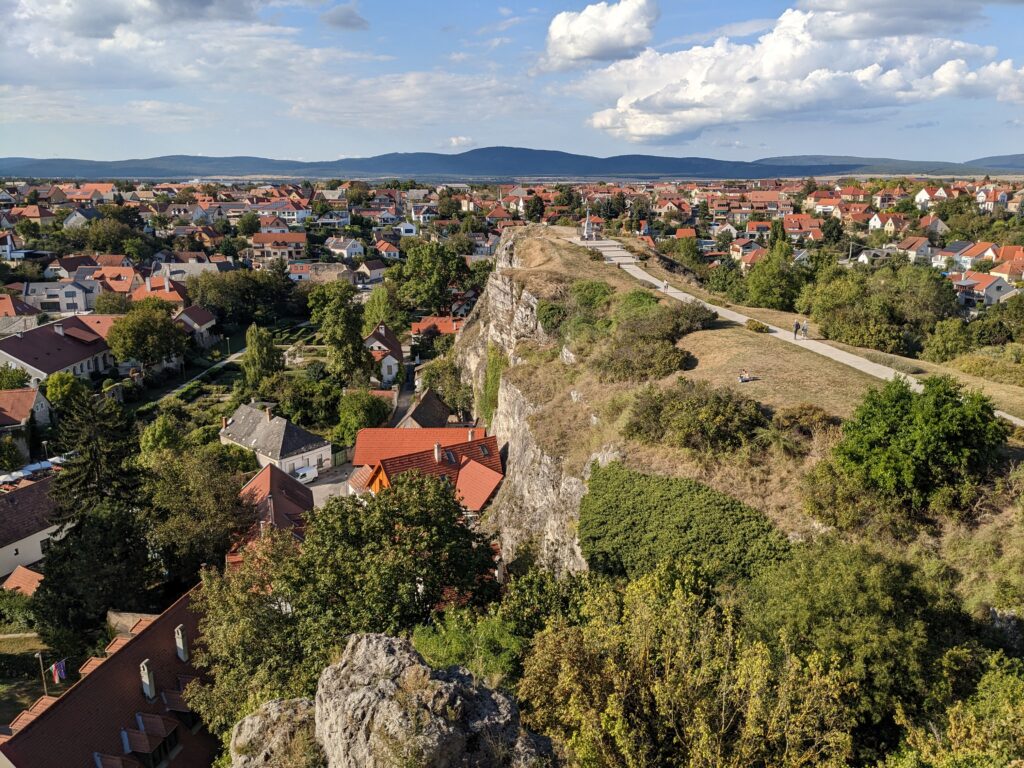
We camped the night in a carpark of a ‘beach’ on the lake with filtered views of the water and sailboats bobbing offshore. It was a paid beach with fabulous facilities, playgrounds, restaurants, bars and all sorts of other creature comforts for all beachgoers. That being said, we couldn’t find a grain of sand on the beach but there were hundreds of locals enjoying the late afternoon sun and the warm water of the lake. Good on ya, Hungarians!
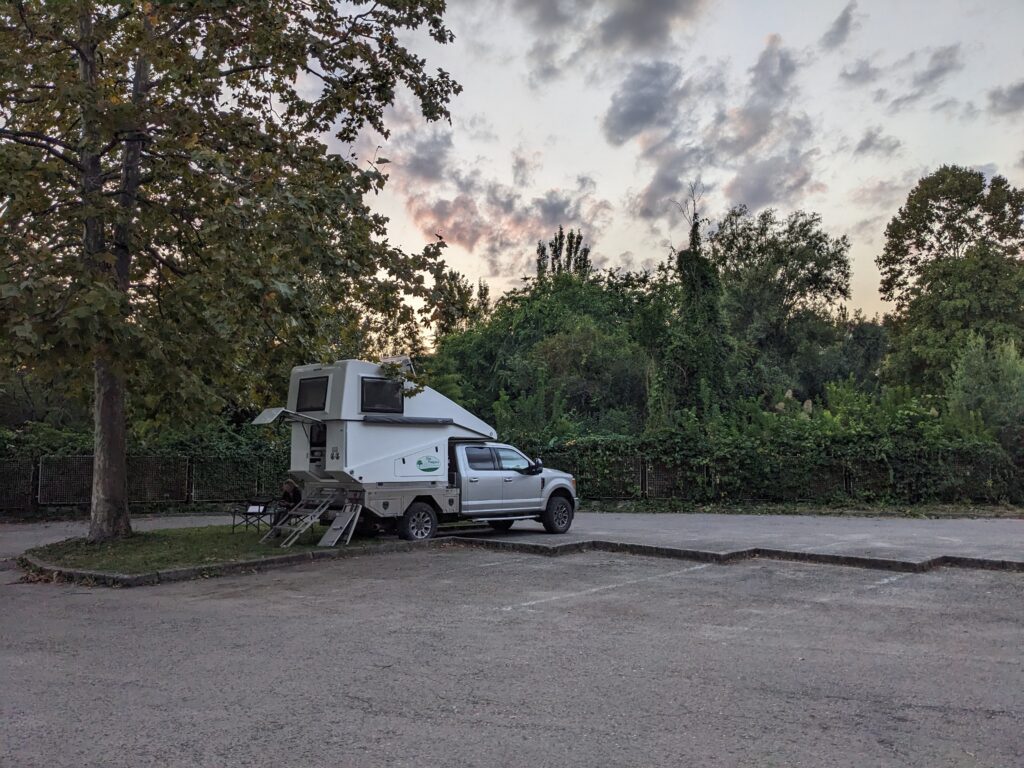
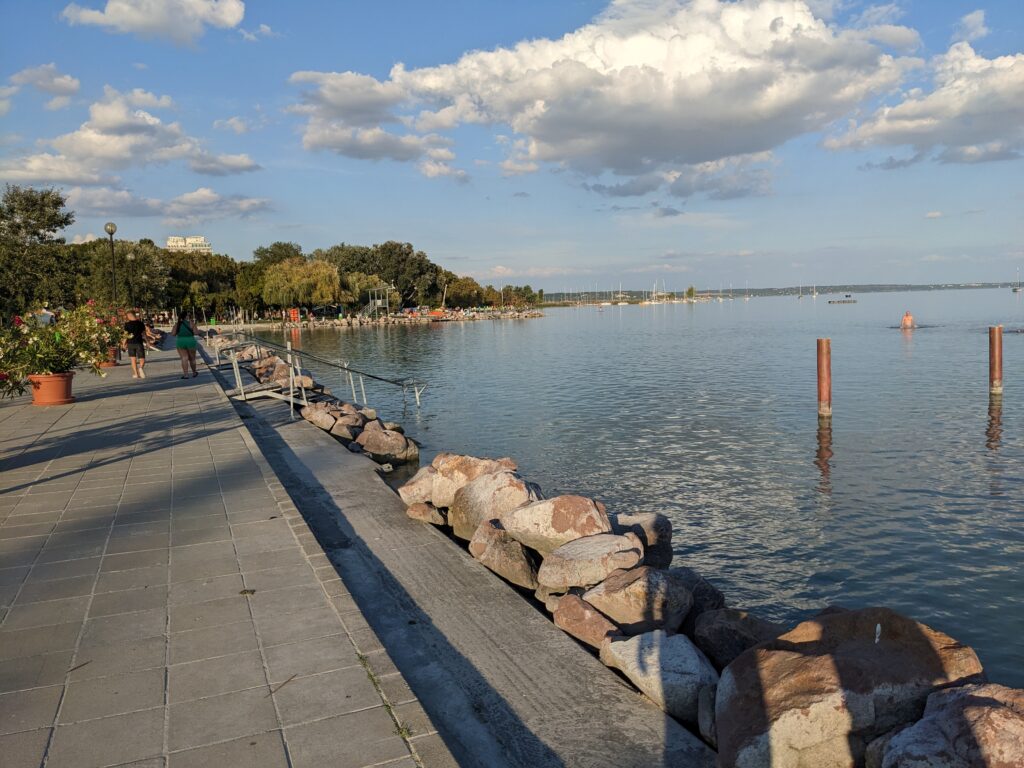
Having sort out our shipping dates we could now go back to our much preferred semi-leisurely pace which was a good thing because there were a few sites in this region of Hungary that caught our eye.
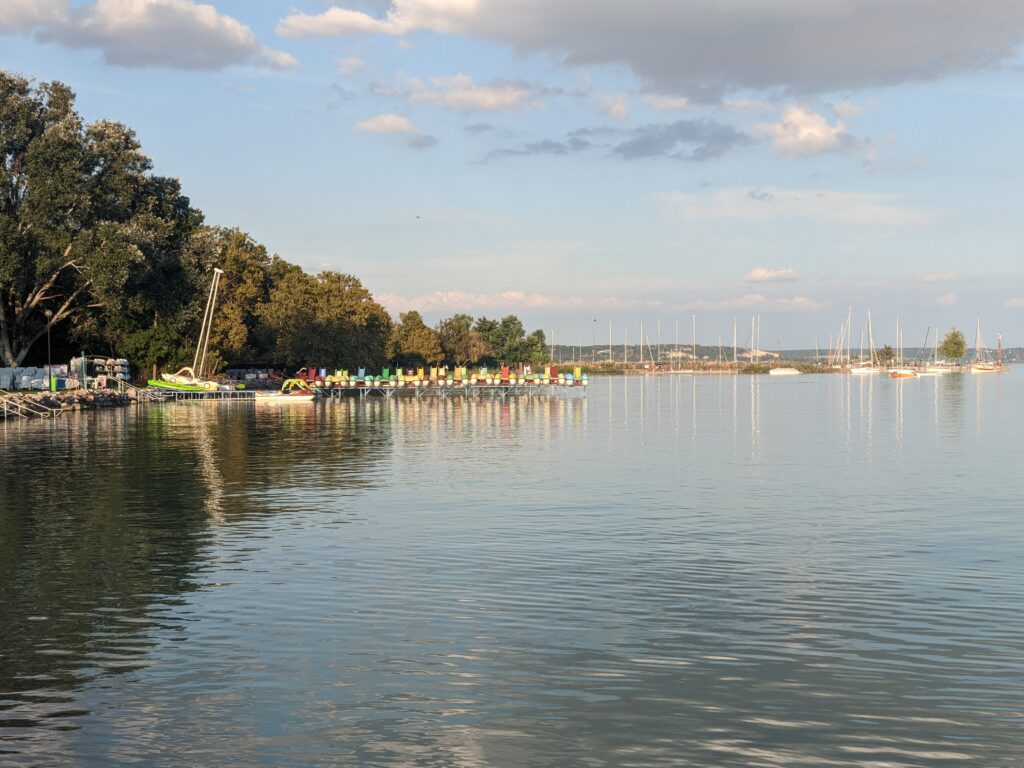
The Tihany Peninsula sticks out into Lake Balaton and is dominated by a 17th century church and abbey which sits stylishly on the land’s highest point. The entire area is marked as a historic site and there are many houses, shops and other buildings sporting a manicured look from the past.
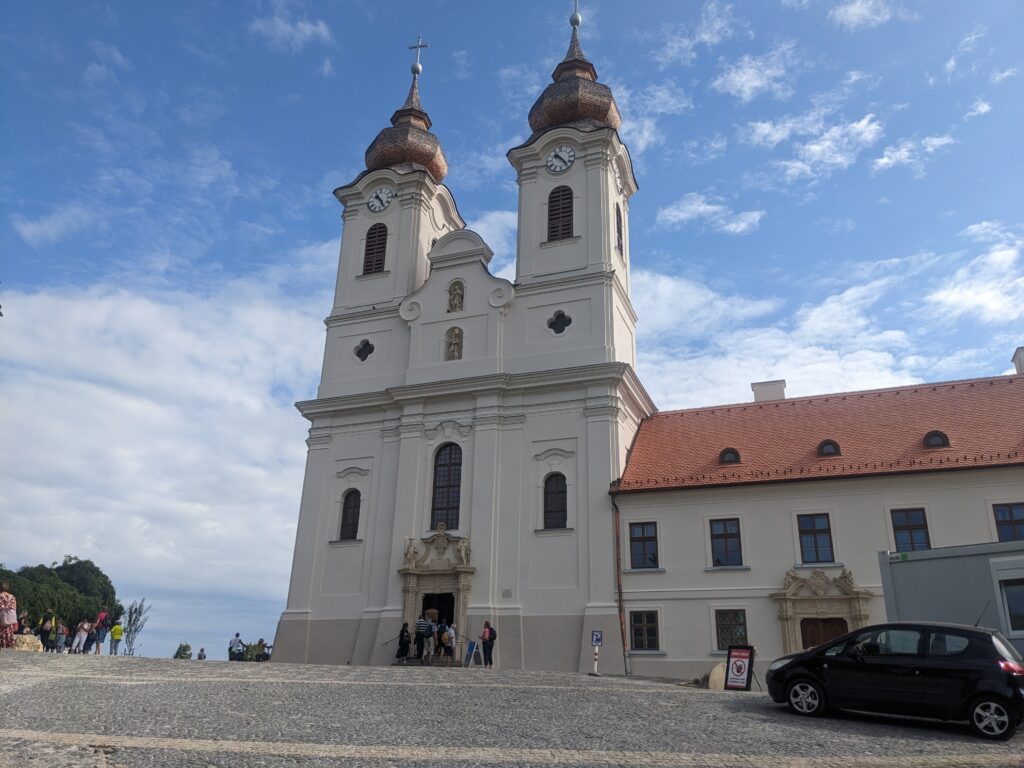
To enter the church you had to pay A$12.50, an astronomical price to enter a place of worship (we were never charged for entering a mosque or an Eastern Orthodox monastery). We have been philosophically opposed to paying entrance fees to places of worship for many years so instead we gazed out at the splendid view over the lake from behind the church.
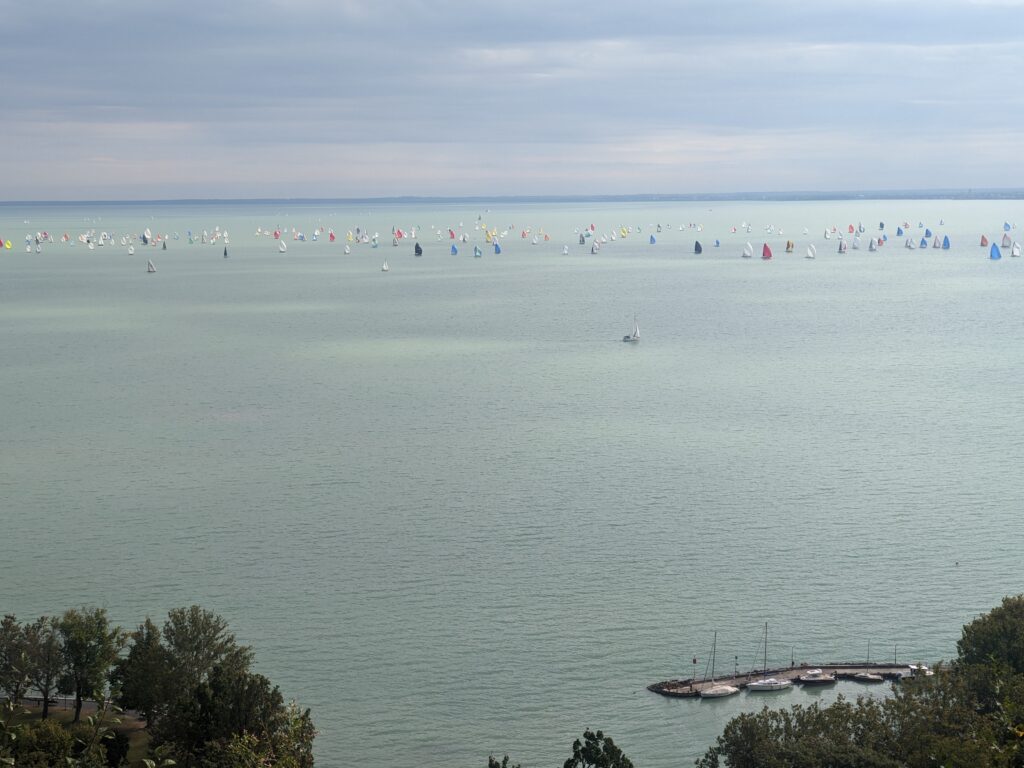
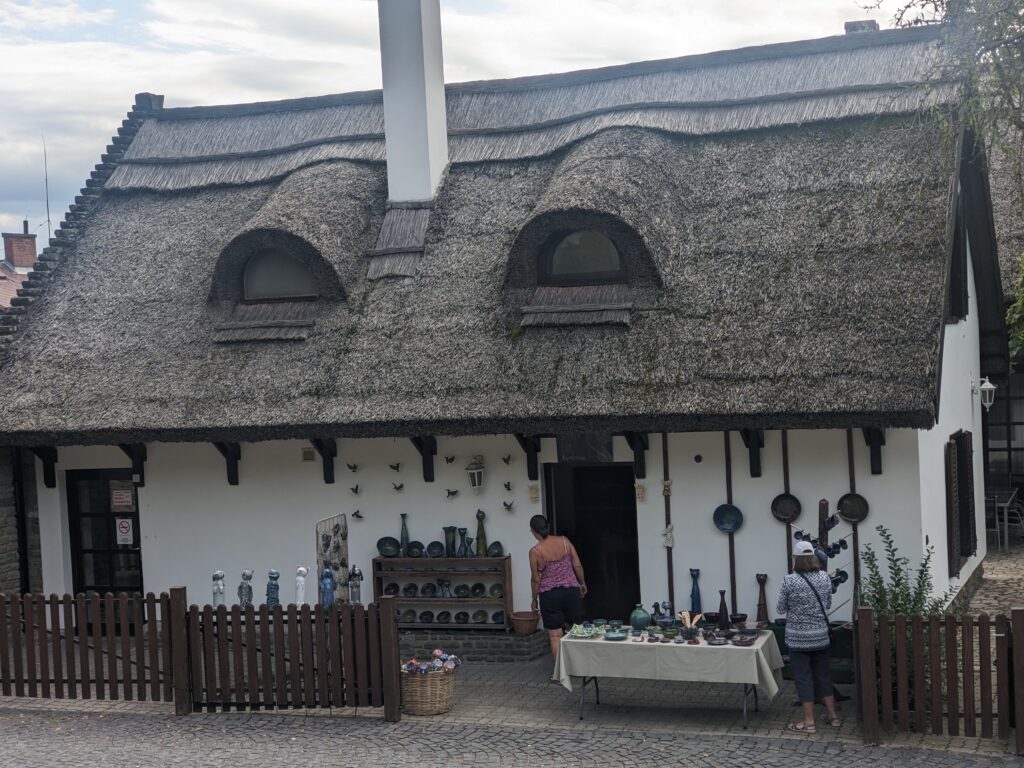
We made our way northward through beautiful rolling fields to the fabulously named town of Papa. What started out as a photo-op so Papa could send a photo back to his beautiful granddaughters turned into one of those wonderful surprises that travel brings you from time to time.
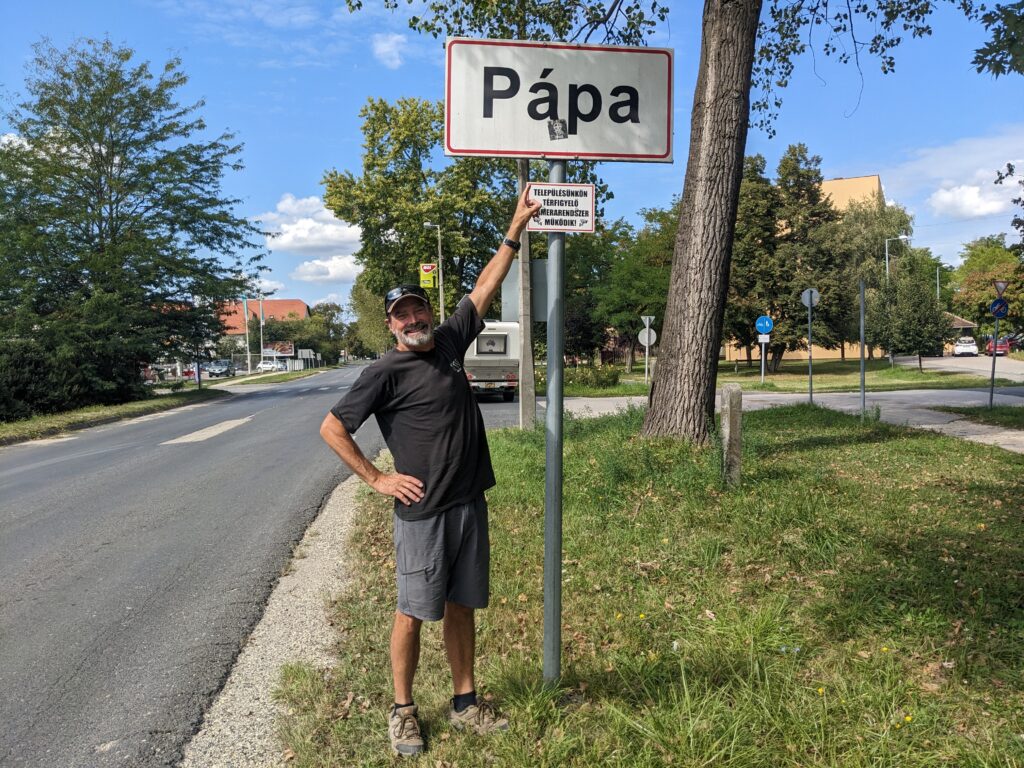
Sitting in the main square of Papa, surrounded by distinguished buildings dating back 300 years, is the 17th century baroque Great Church. This is a huge building with front doors that dwarf all who walk through them and an elaborately decorated interior in the finest baroque style. We loved Papa.
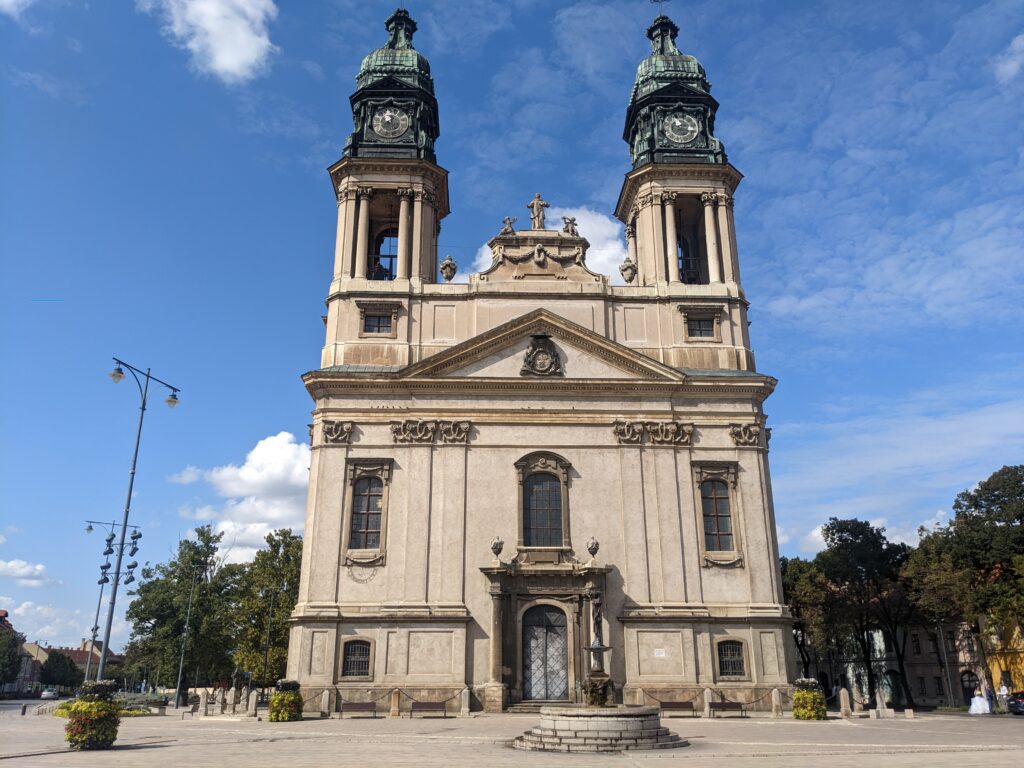
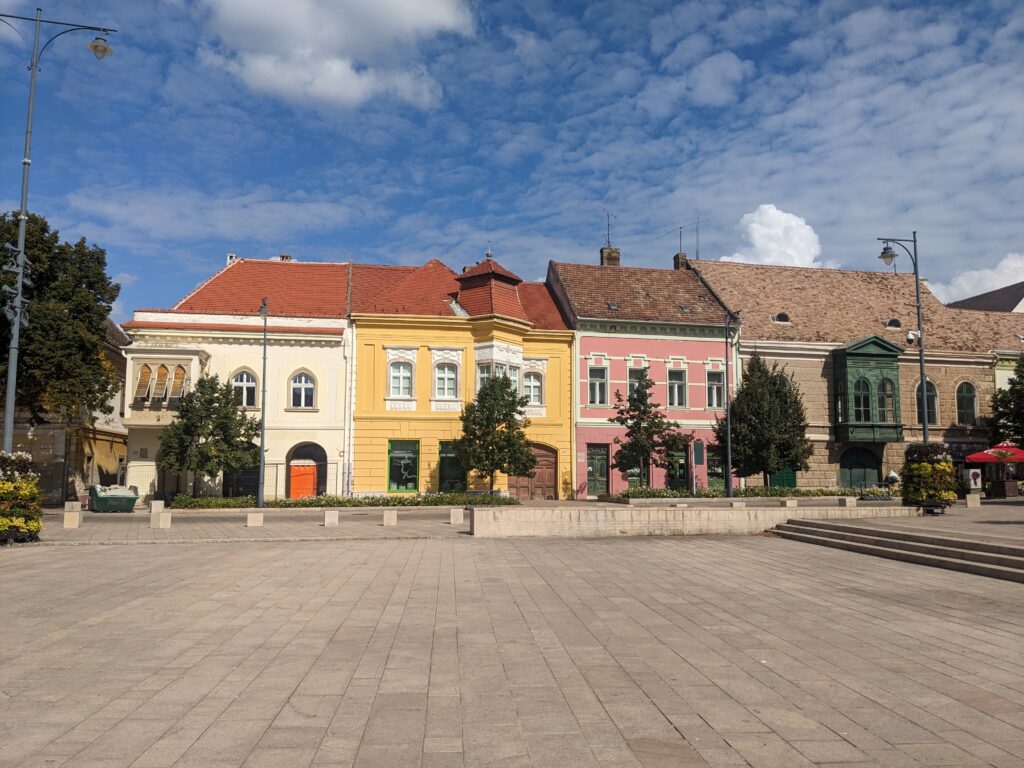
We pushed on to another town famous for it’s baroque buildings, the regional centre of Gyor, and wandered amongst the buildings and along their walking streets in the old town.
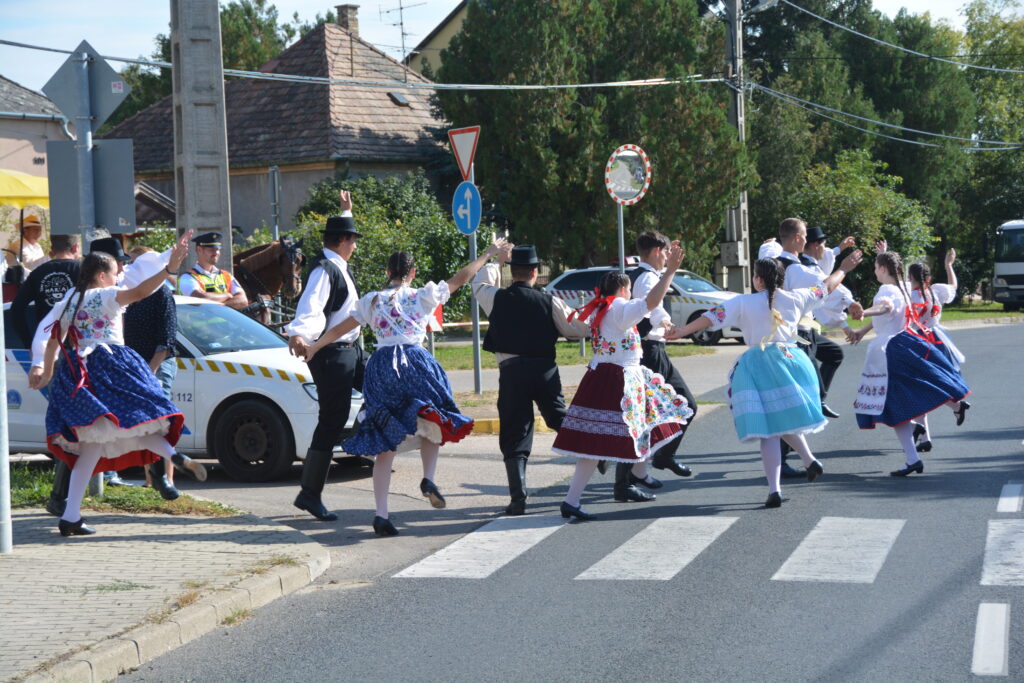

Gyor is unique in that it is built on the confluence of three rivers, one being the Danube, and it seemed we were always crossing a river one way or another as we explored the town, quite confusing really.
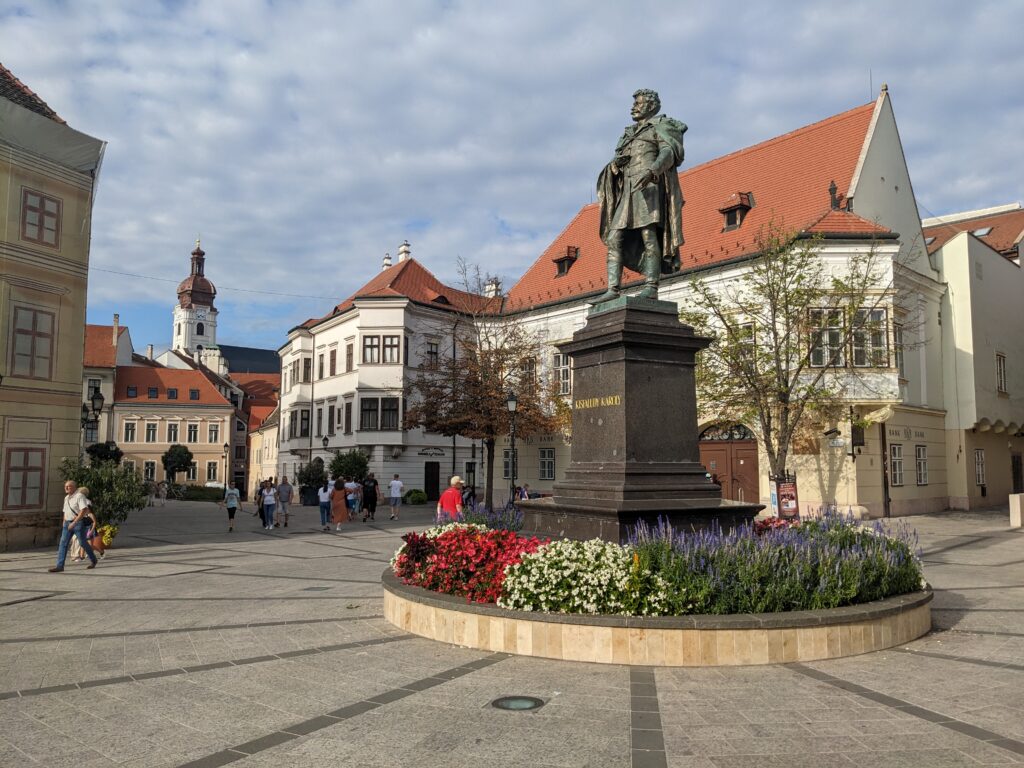




We camped that night close by at the local campground, in much need of a washing machine and some grassy downtime. We spent the following morning doing chores and chilling a bit before heading north towards Lake Neusiedler National Park, a park preserving a vast shallow lake and a significant wetland area and which straddles the border of Hungary and Austria. We passed over into Austria – thankfully, no physical borders or hassles any more, just drive past the sign – and spent a couple hours exploring a few access points of the lake and got a feel for the area before pushing onward. It all sounds a bit full-on but we were taking it all easy again with no rush or stress.
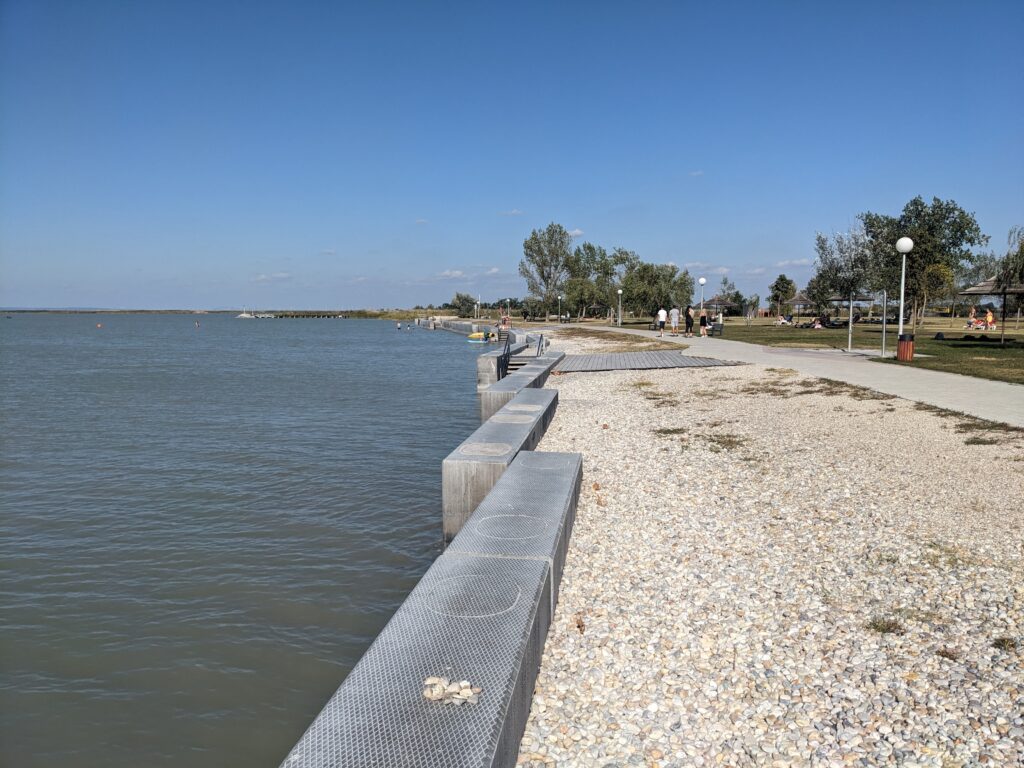
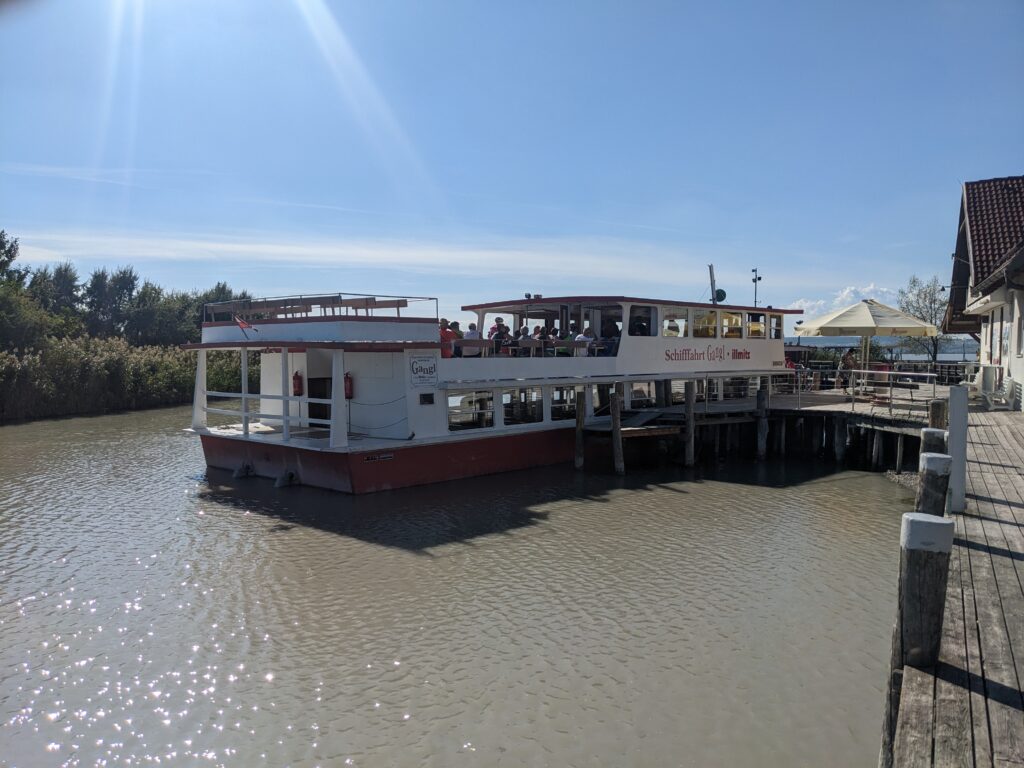
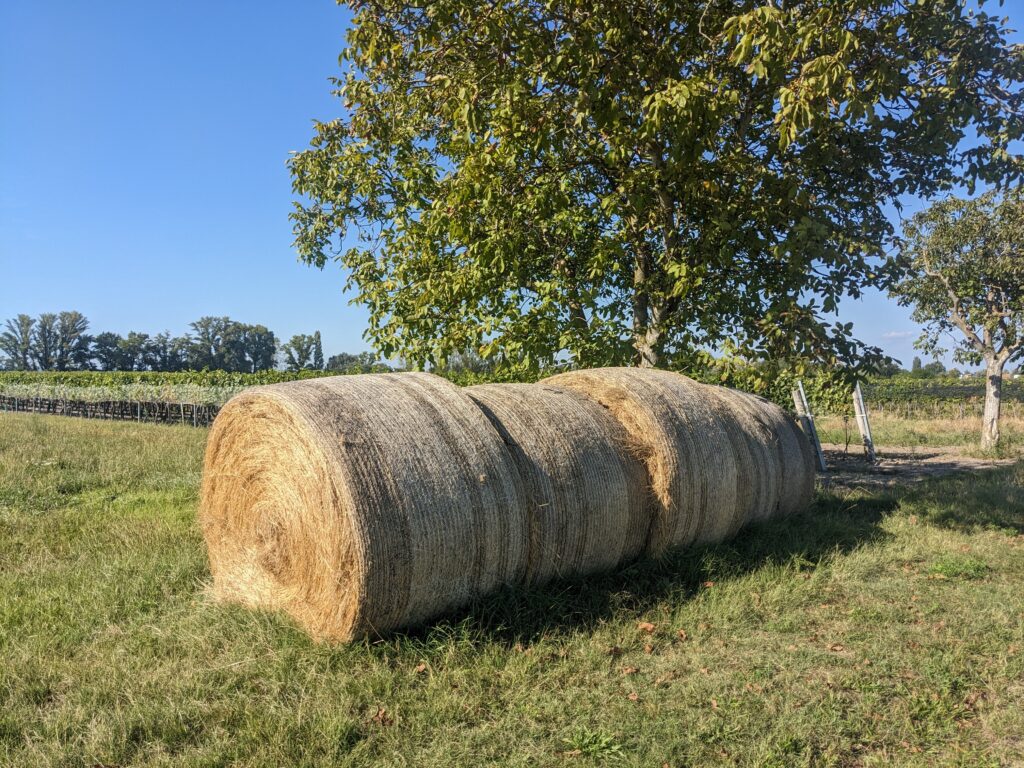
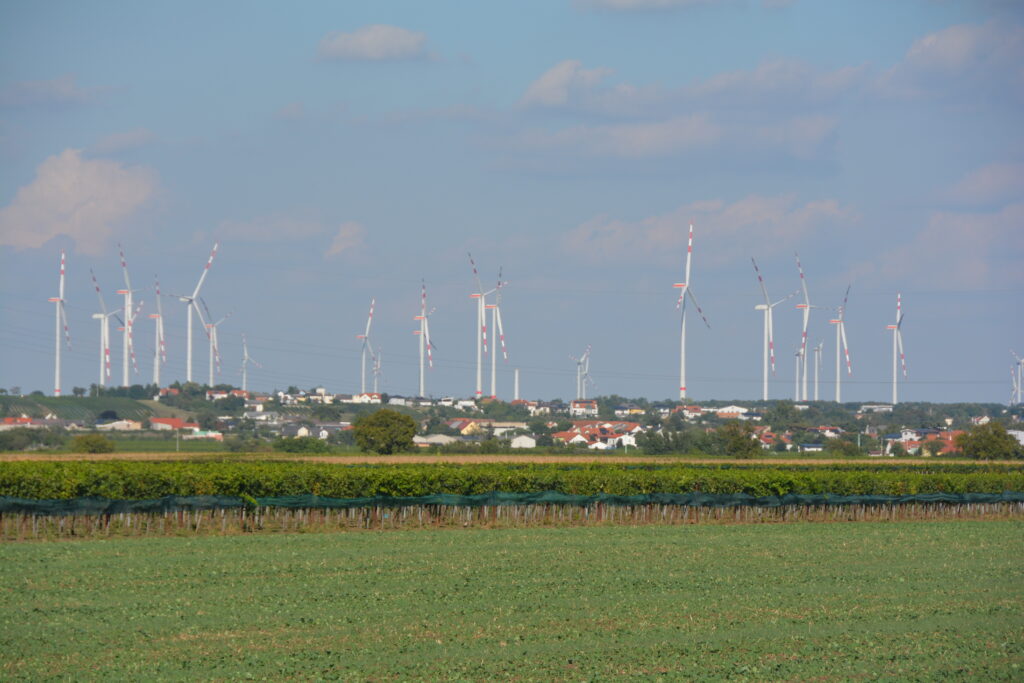
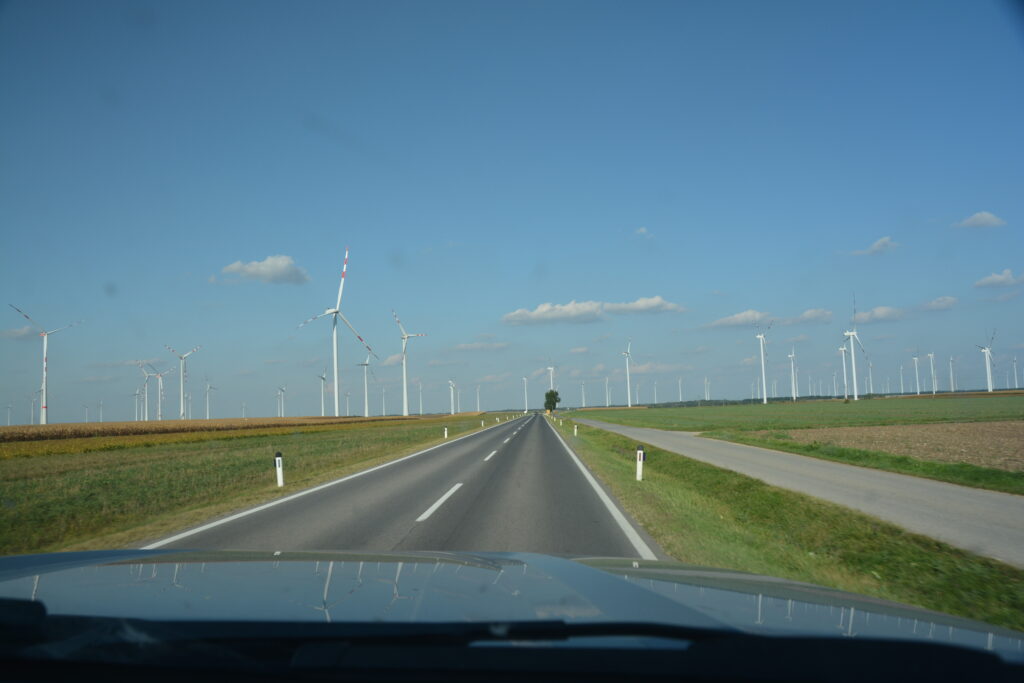
And as it happened, without any real planning, we crossed the border between Austria and Slovakia in the late afternoon and ended up camping on the banks of our old friend, the Danube River. We had unintentionally done three countries in one day, so easy to do when the lines on the map zig-zag all over the place and there’s not even someone to wave at when you cross the line. Just the way we like it.
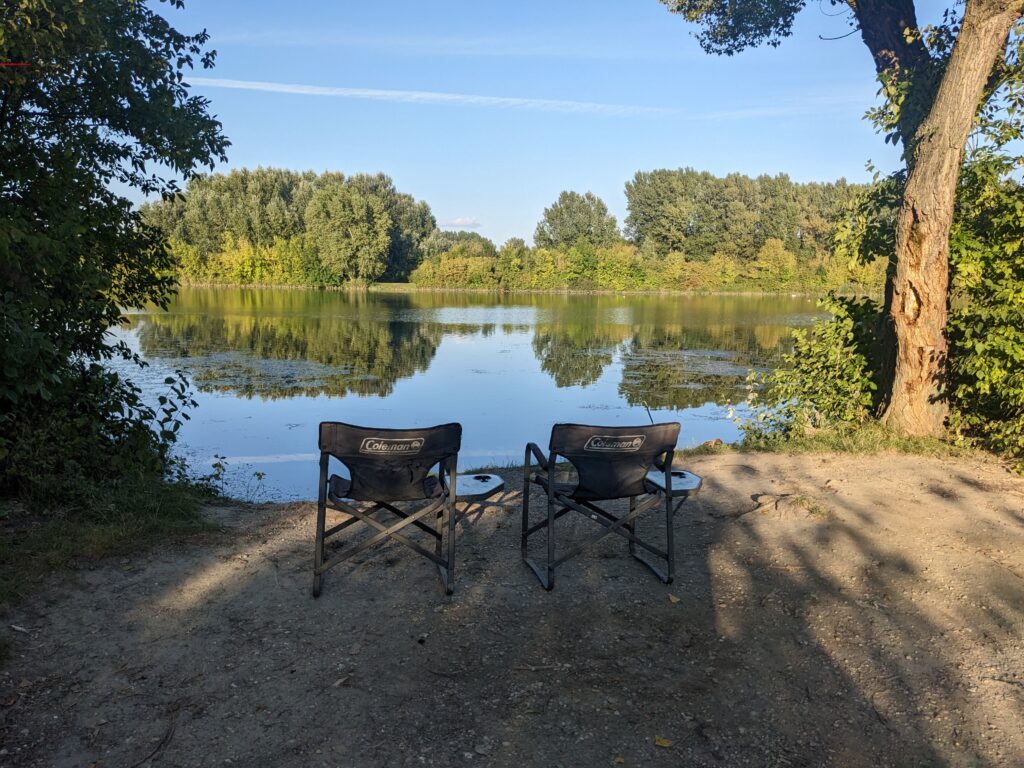
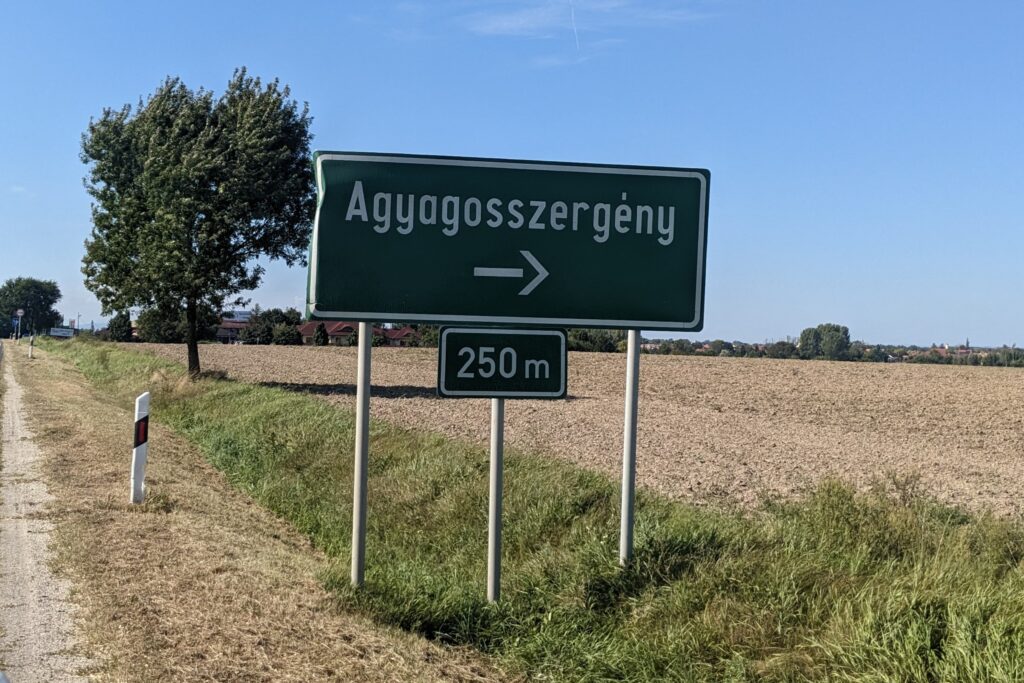
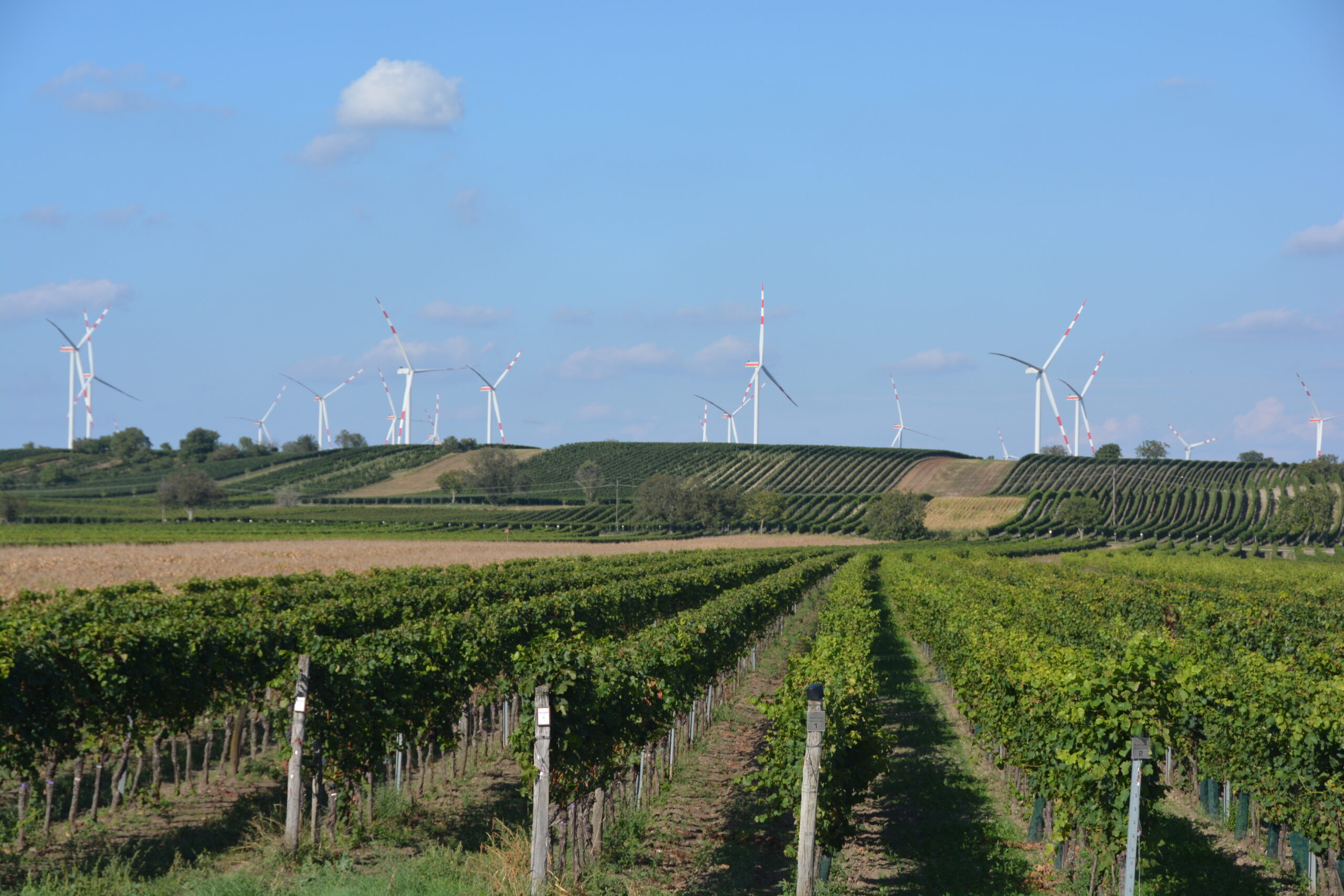
Hi Bill and Julie.



So glad you can slow down a little to finish your amended ending to Follow The Sun, or it may have spoiled your last days. Enjoy, as you wend your way to Belgium, and I too love that unusual cemetery. A lovely part of their history for a final resting place.
I don’t know what I will do when I no longer have stories to read in Our Pangaea, but all good things must come to an end, and as long as you are safe, happy and smiling, I will forever remember your travels, probably not as well as you will
Safe travels to your American family, and enjoy the fun you will all get up to.
Lots of love
xoxo
Thank you Anne. We’ve been talking lately about how life will be after Follow the Sun, not sure how that will feel or what we’ll do but that’s all part of the fun!